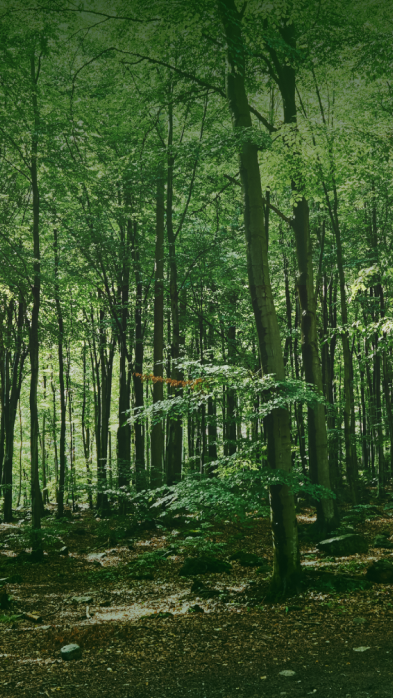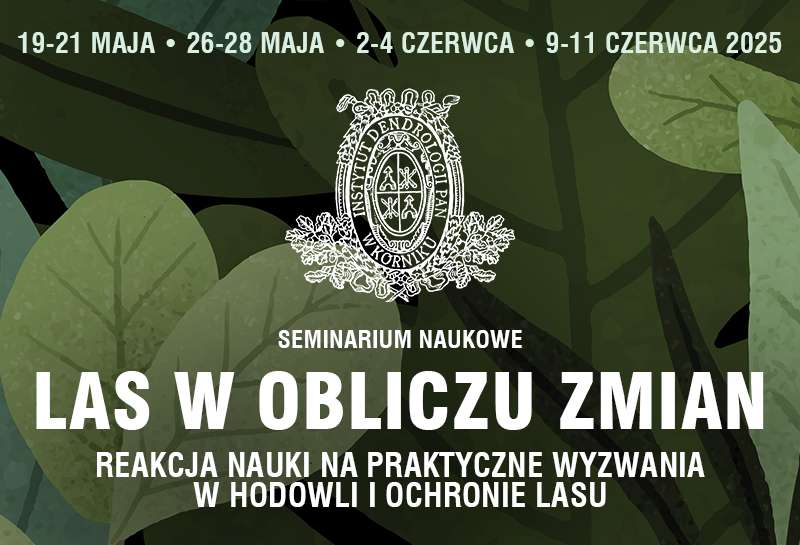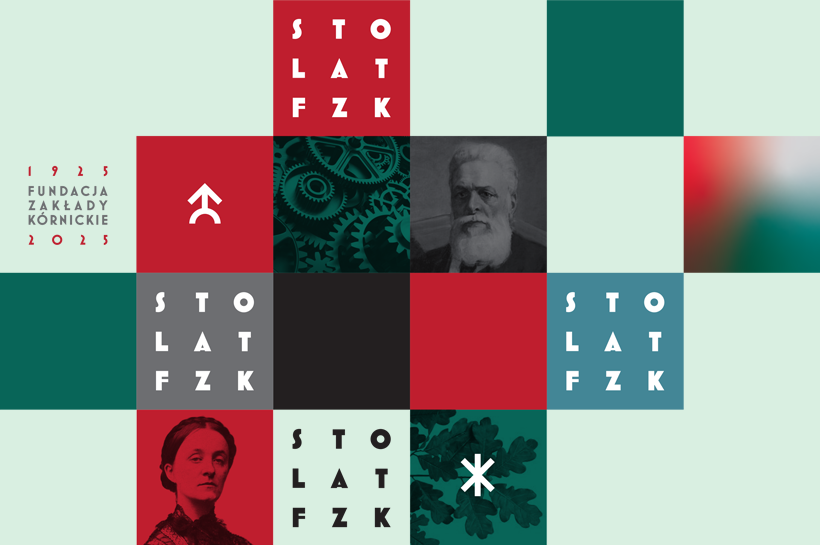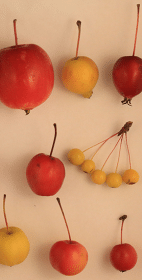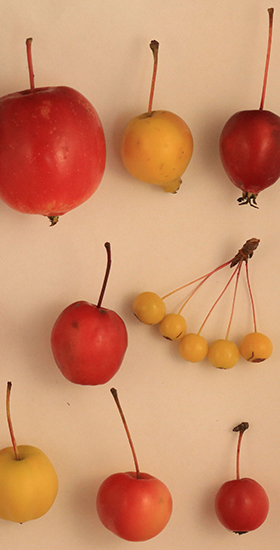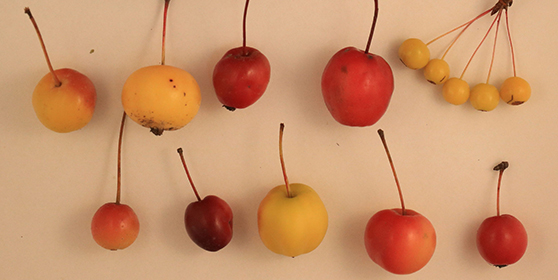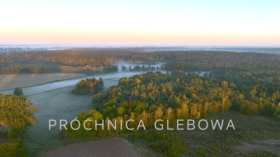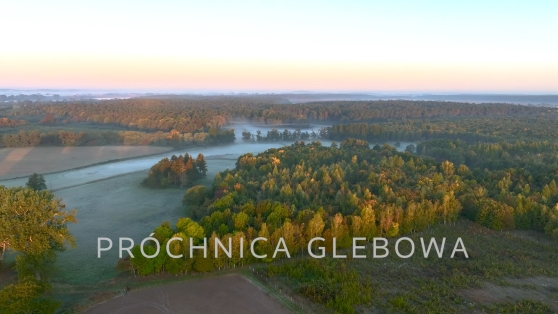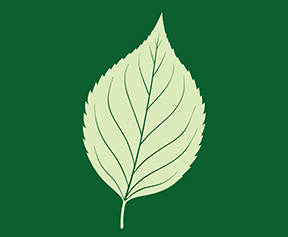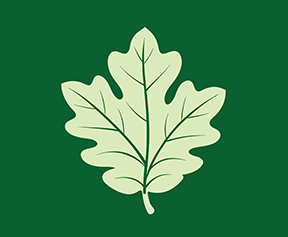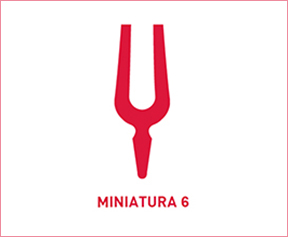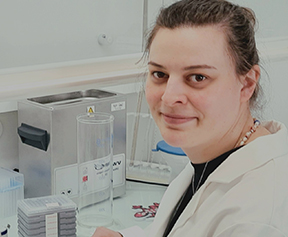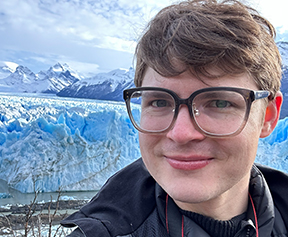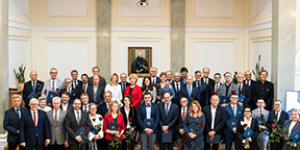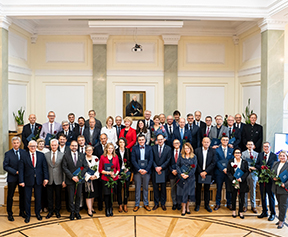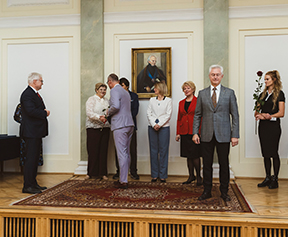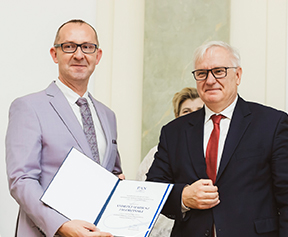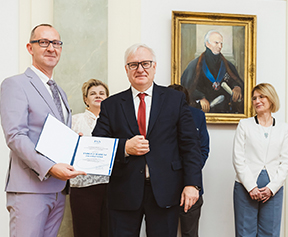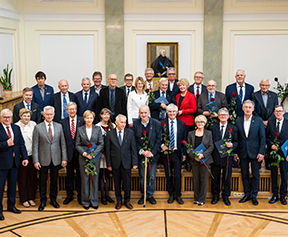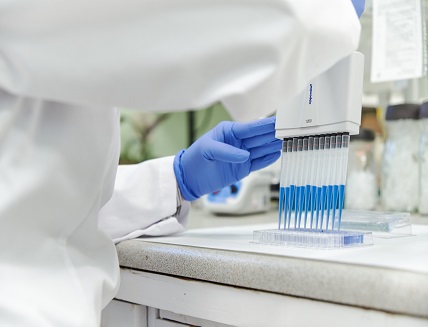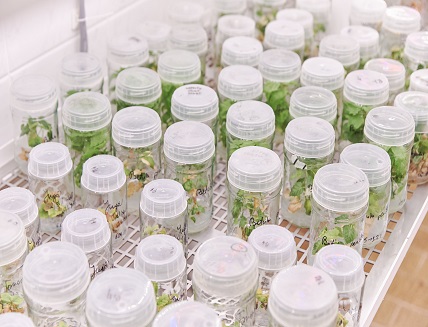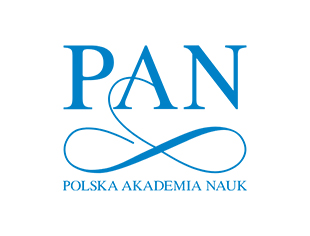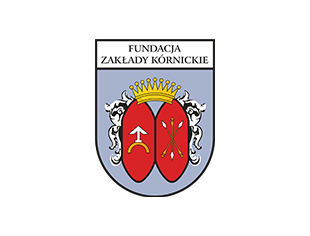The aim of this study was to characterize a gene flow process within a Scots pine stand and two mixed stands of Pedunculate and Sessile Oak based on natural regeneration present beneath the canopy, and among them an assessment of a proportion of alien seedlings (i.e. seed immigration) and a proportion of alien pollen in natural regeneration. Furthermore, the goal of this research was the range of seed and pollen dispersal within a stand, and in the case of oaks the assessment of rate of inter-specific crossings. The analyses were based on isozyme markers (pine) and microsatellites (oaks). Within a pine stand about 30% of seedlings were produced from seeds coming from outside 50 m. For oaks the proportion of seed immigration took from 4.5 to 7.6%. Both for pine and oaks there was a negative correlation between a maternity and a distance between a seedling and a canopy tree, however for the relationship was much stronger for oaks than for pine. ln the case of pollen flow, ca. 100% seedlings were produced with pollen coming from outside 50 m. On the other hand, in both oak stands the pollen immigration was about 62%. Hence, for Scots pine no relationship between mating success and the distance was found, while significant negative correlation between mating success and distance between trees was noted for both oak stands. Furthermore, ca. 4% of seIf-fertilization was detected within pine seedlings. Among oak seedlings 2% of self-fertilization was observed in one stand. Detailed analyses revealed that selfed seedlings were a progeny of one tree. Thus analyses confirmed that self-fertilization in oaks is a very rare phenomenon. Finally, within mixed oak stands most of crossings take a place between individuals of the same species. Nonetheless, a level of hybridization took a value from 3.5 to 11.5 % and occurred in both directions.









